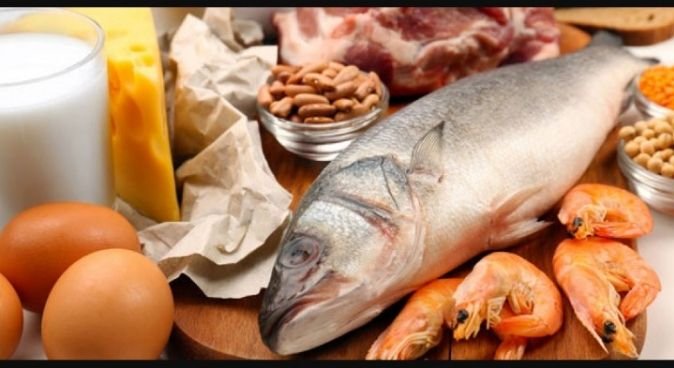Introduction/definition
Proteins are macromolecules composed of amino acids linked together by a peptide bond. Proteins are polymers made up of monomeric units called amino acids. The bond that exist between two amino acids is called a peptide bond or peptide linkage. Peptide linkage is a convalent bond formed between the alpha amino group of one amino acid and the alpha carboxylic group of another amino acid. When two amino acids are linked together a dipeptide is formed. Three amino acids forms a tripeptide. 4 to 8 amino acids form an oligopeptide. More than 8 amino acids forms a polypeptide or a protein.
FEATURES OF AMINO ACIDS
An amino acid is an organic molecule that constitutes of an alpha amino group(NH2), an alpha carboxylic group(COOH), an a functional side group or R group.
We have 20 standards amino acids that are found randomly in proteins and selenocysteine making them 21 (a special amino acids that is formed after translation of a protein). All the 20 amino acids except selenocysteine are encoded by the DNA.
Amino acids have five major features which are
- They possess an alpha carboxylic group
- They possess an alpha amino group
- They possess a hydrogen atom linked to the alpha carbon.
- They possess a R group which is the functional group that determines the properties of the amino acids i.e polarity and electrical property.
- In all amino acid except glycine, the alpha carbon which is the central carbon has 4 different groups attached to it. The alpha carbon is said to be chiral. Amino acids except glycine are able to rotate the plane of polarised light, they form mirror images D and L amino acids.
- At their isolectric point amino acids exist as zwetterions. Which means they the alpha carboxylic and amino groups become ionised and at that point amino acids becomes electrically neutral.
SUB-CLASSIFICATION OF STANDARD AMINO ACIDS BASED ON THE R-GROUP
NON POLAR AND UNCHARGED: Includes amino acids whose R-group is either hydrogen in case of glycine or an aliphatic side chain in methionine, valine, leucine, isoleucine, proline, alanine. The R-group cannot be ionised and they are hydrophobic.
POLAR AND UNCHARGED: this are amino acids whose functional group (R-group) can form hydrogen bonds with water but are electrically neutral i.e they don't ionise. E.g the hydroxyl group(OH) of serine and threonine, thiol group(SH) of cysteine and amide groups (CONH2) of glutamine and asparagine
AROMATIC: the R-group of these amino acids is a large aromatic phenyl ring in phenylalanine, phenyl ring with hydroxyl group in tyrosine or an indole ring in tryptophan. They are highly hydrophobic except tyrosine with hydroxyl group which can form hydrogen bonds with water. They are all electrically neutral.
BASIC: the R-group of these amino acids consist of another carboxylic group(-COOH) which can form hydrogen bonds with water hence they are polar and can ionise into negatively charged group(-COO-) by d removal of a proton. E.g glutamate and aspartate.
ACIDIC: The R-group consist of another amino group(-NH2) which can ionise by accepting a proton to form -NH2+ qnd can form hydrogen bonds with water hence they are polar.e.g histidine, arginine and lysine.
ESSENTIAL AMINO ACIDS: These are amino acids which cannot be synthesized by the body and thus required in the diet. Examples include histidine, leucine, lysine, tryptophan, phenylalanine, valine, isoleucine, threonine and methionine.
SEMI-ESSENTIAL AMINO ACIDS: are amino acids that can be synthesized by an adult but cannot be synthesized in babies and thus becomes semi essential. Example: arginine
NON-ESSENTIAL AMINO ACIDS: are amino acids that are readily available in the body because they can be synthesized by the body. E.g tyrosine, glycine, alanine,proline cysteine, , serine, glutamate, glutamine, aspartate, and asparagine.
BIOLOGICAL FUNCTIONS OF PROTEINS
As enzymes they function in speeding up the rate of biochemical reactions example Hexokinase
In transportation. Examples...Haemoglobin helps in the transport of oxygen, lipoproteins bind with lipid and help in lipid transport
Structural role. Example Fibroin which is found in spider's web, elastin found in ligament, keratin found in hair, fingernails and feathers, collegen found tendon and cartilage.
Defence: Examples some proteins
form part of immunoglobulins that acts and defend the body system against foreign agents.Regulatory role
Example Insulin and glycagon play a vital role in regulating glucose level and other metabolic pathways in the body.

